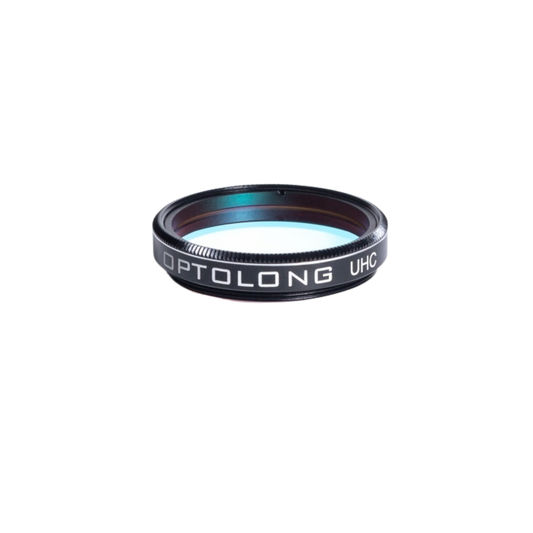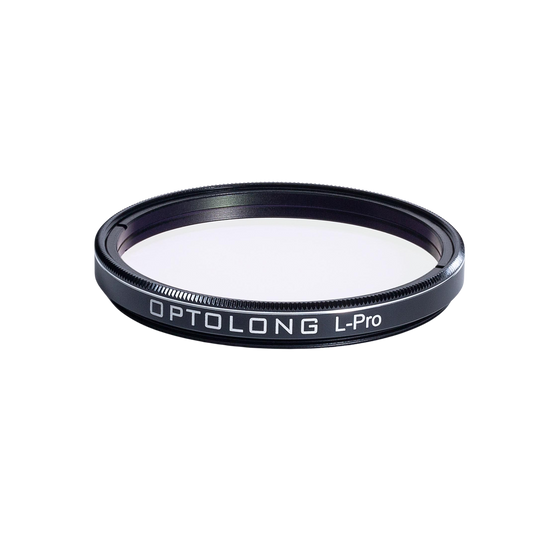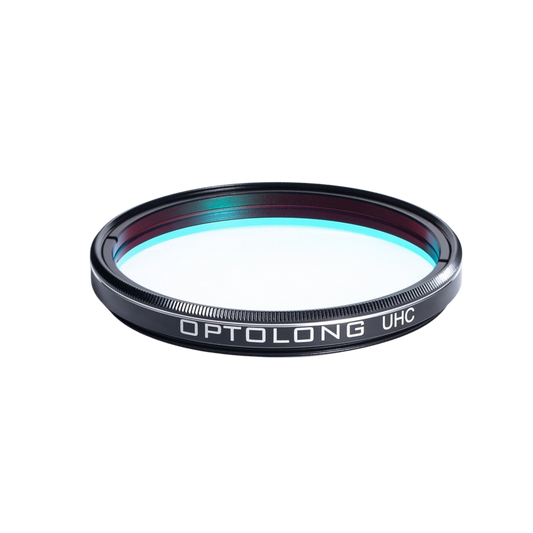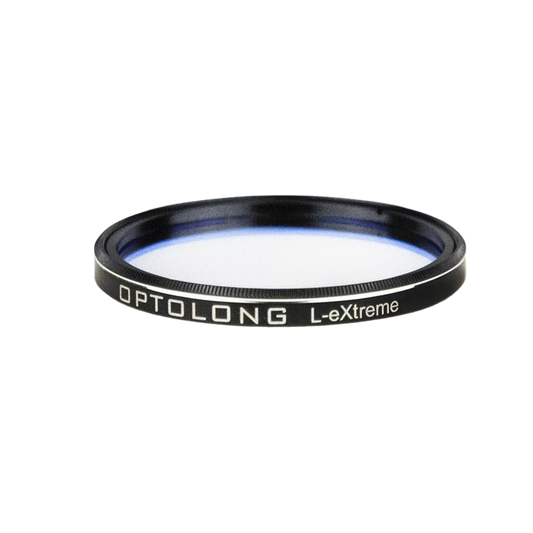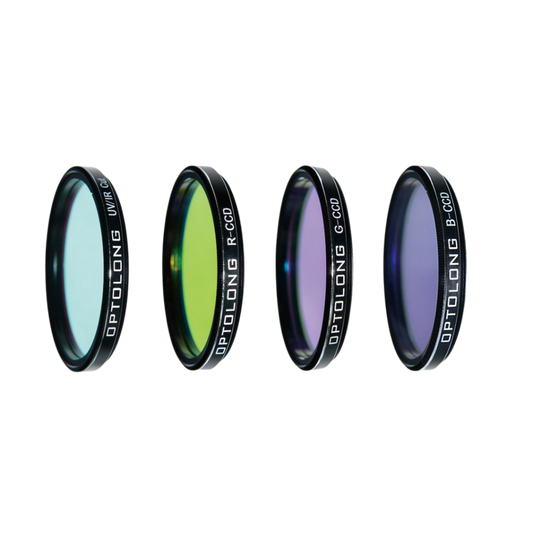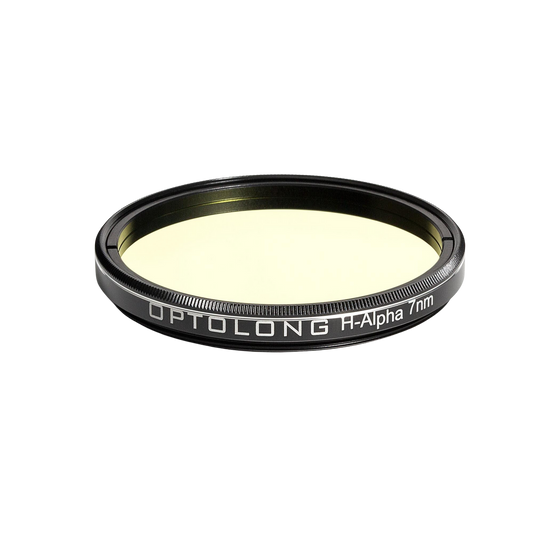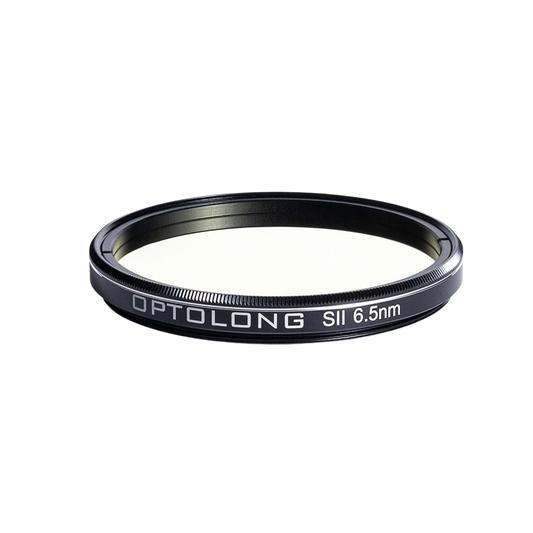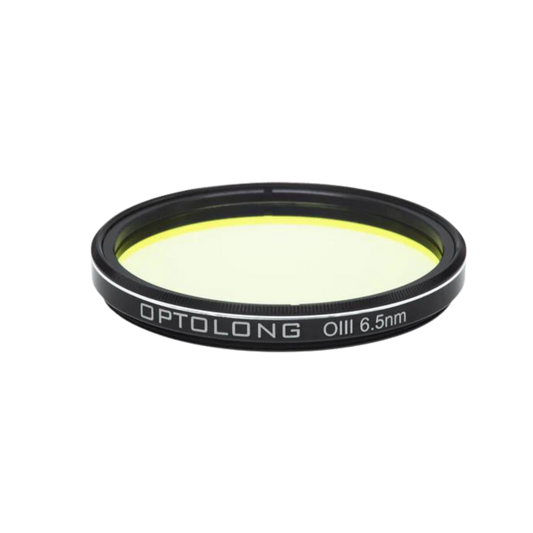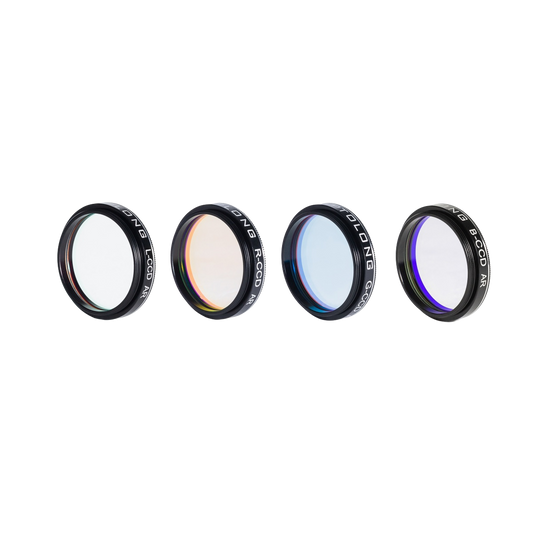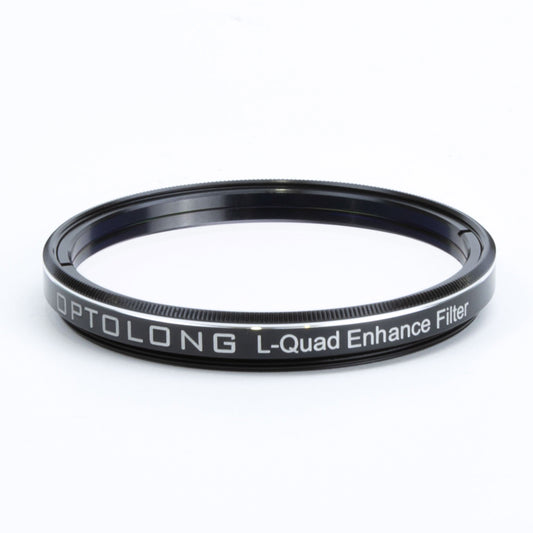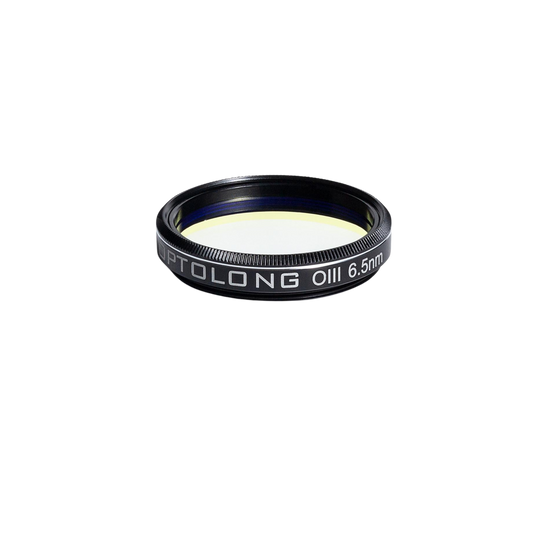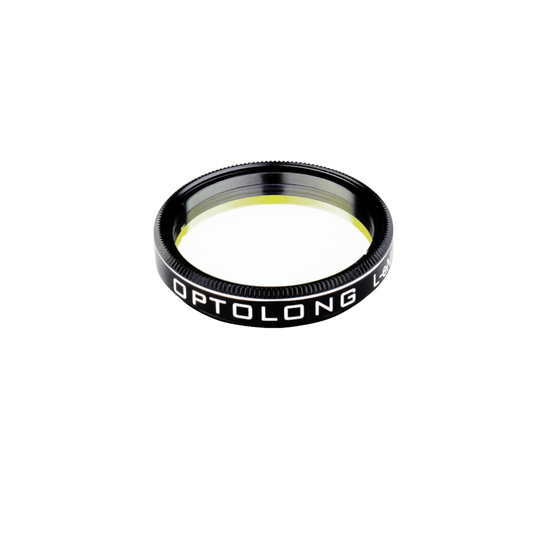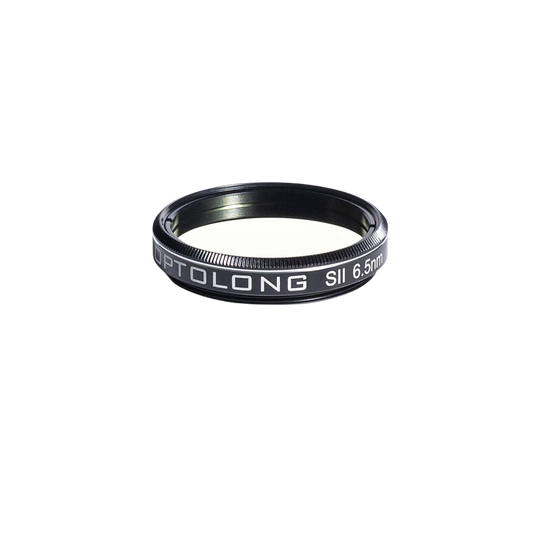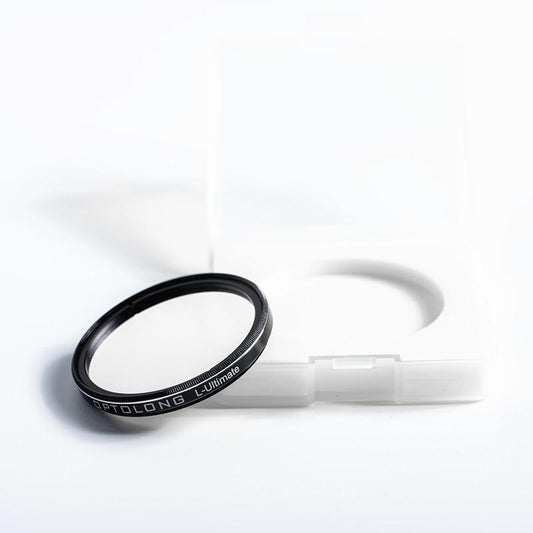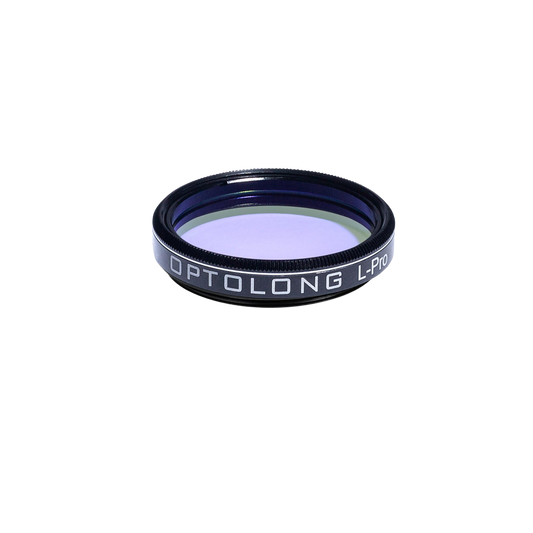-
UHC Filter 1.25"
Vendor:OptolongRegular price $109.00Regular priceUnit price per -
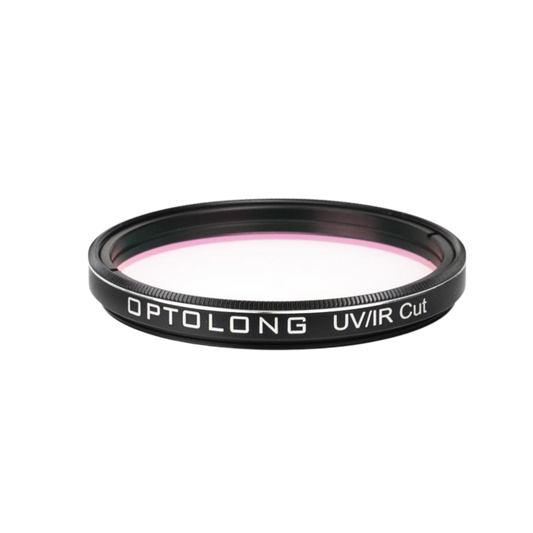 Out of Stock
Out of StockUV/IR Cut Filter 2"
Vendor:OptolongRegular price $129.00Regular priceUnit price per -
L-Pro Filter 2"
Vendor:OptolongRegular price $349.00Regular priceUnit price per -
UHC Filter 2"
Vendor:OptolongRegular price $208.00Regular priceUnit price per -
L-eXtreme Filter 2"
Vendor:OptolongRegular price $549.00Regular priceUnit price per -
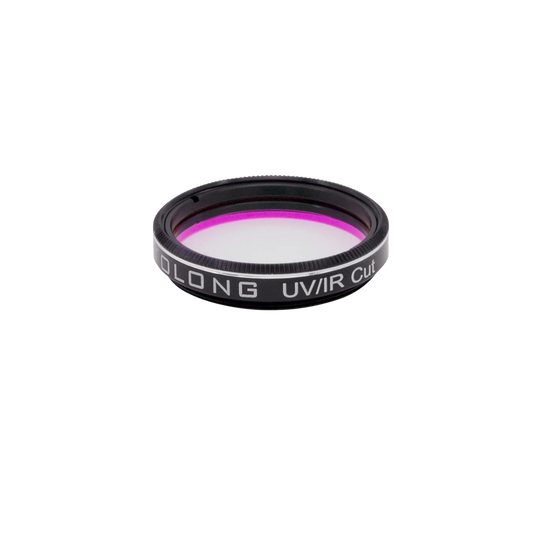 Out of Stock
Out of StockUV-IR Cut Filter 1.25"
Vendor:OptolongRegular price $89.00Regular priceUnit price per -
LRGB Filter 2"
Vendor:OptolongRegular price $649.00Regular priceUnit price per -
H-Alpha Narrowband Filter 2"
Vendor:OptolongRegular price $449.00Regular priceUnit price per -
SII Narrowband Filter 2"
Vendor:OptolongRegular price $439.00Regular priceUnit price per -
OIII Narrowband Filter 2"
Vendor:OptolongRegular price $439.00Regular priceUnit price per -
LRGB Filter 1.25"
Vendor:OptolongRegular price $439.00Regular priceUnit price per -
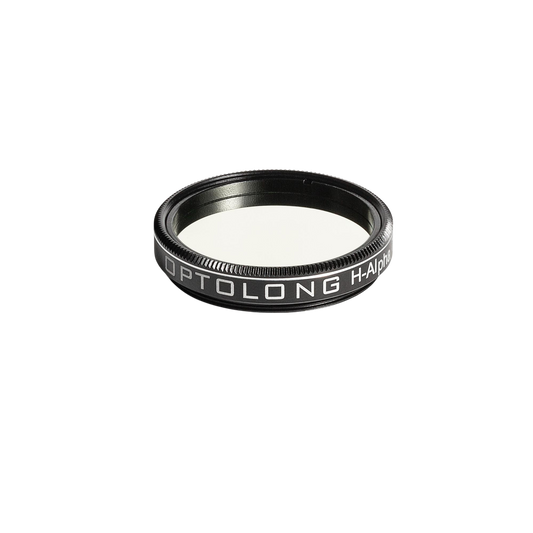 Out of Stock
Out of StockH-Alpha Narrowband Filter 1.25"
Vendor:OptolongRegular price $349.00Regular priceUnit price per -
L-Quad Enhance Filter 2"
Vendor:OptolongRegular price $329.00Regular priceUnit price per -
OIII Narrowband Filter 1.25"
Vendor:OptolongRegular price $289.00Regular priceUnit price per -
L-eNhance Filter 1.25"
Vendor:OptolongRegular price $349.00Regular priceUnit price per -
SII Narrowband Filter 1.25"
Vendor:OptolongRegular price $289.00Regular priceUnit price per -
L-Ultimate Filter 2"
Vendor:OptolongRegular price $799.00Regular priceUnit price per -
L-Pro Filter 1.25"
Vendor:OptolongRegular price $269.00Regular priceUnit price per

